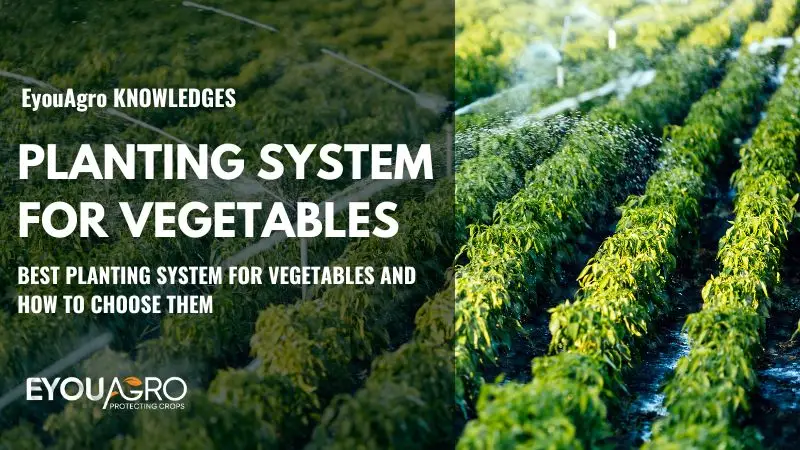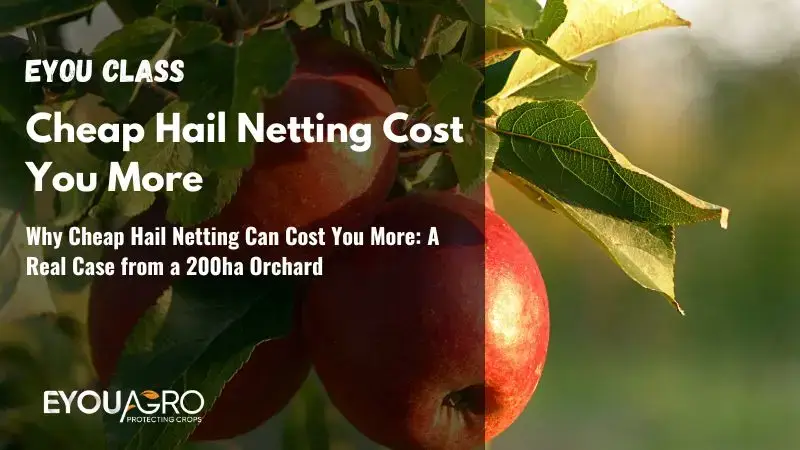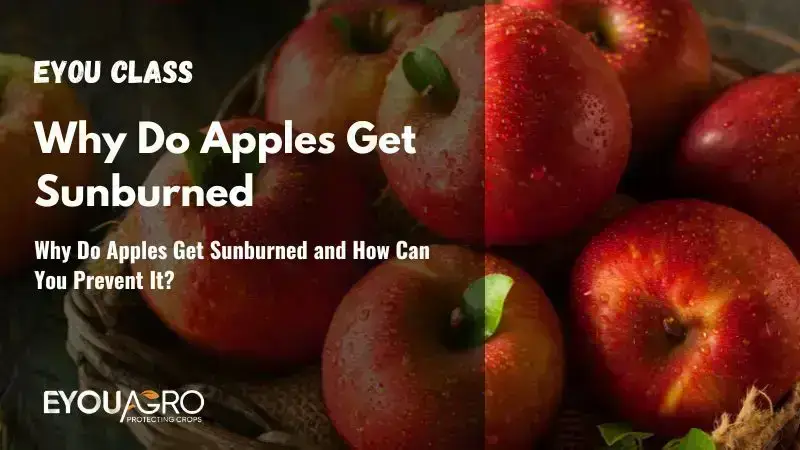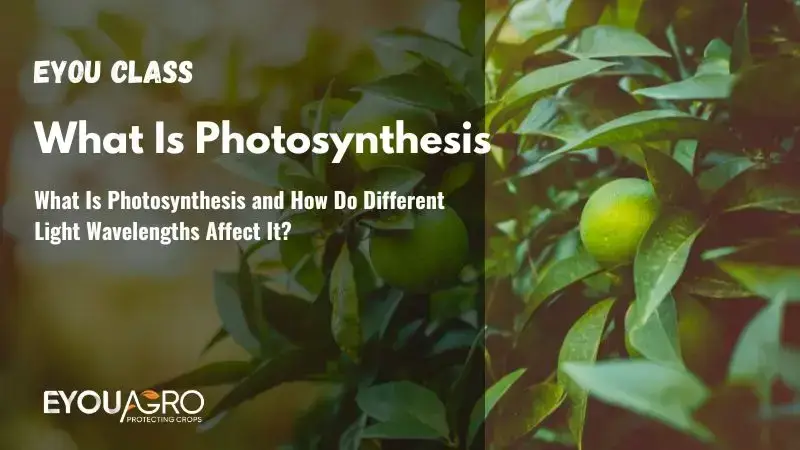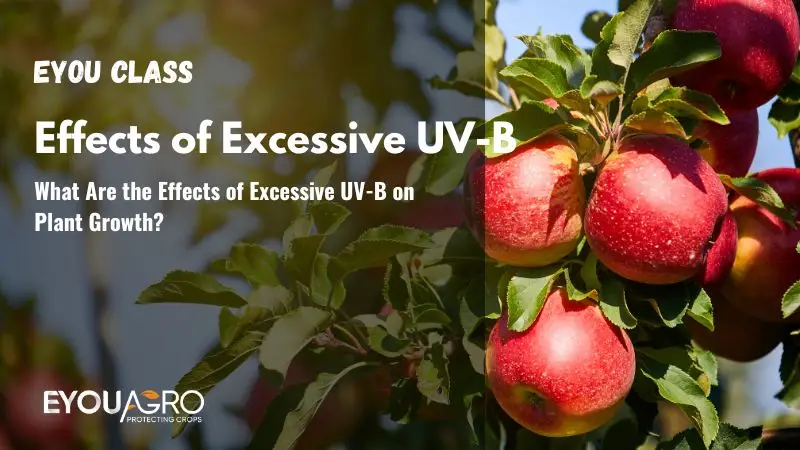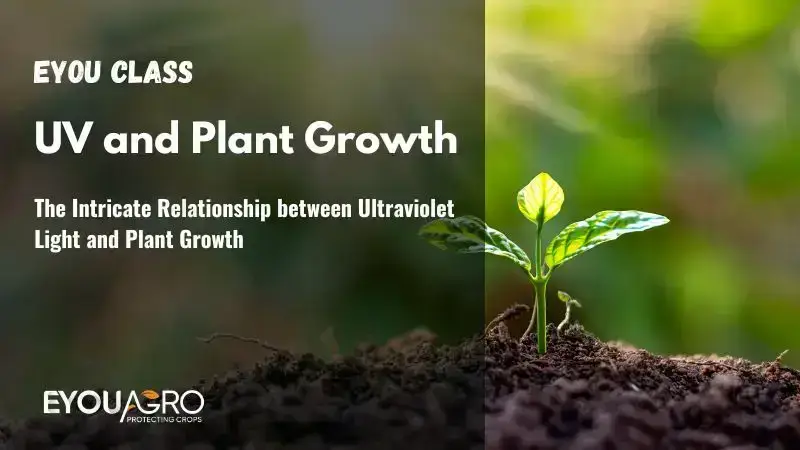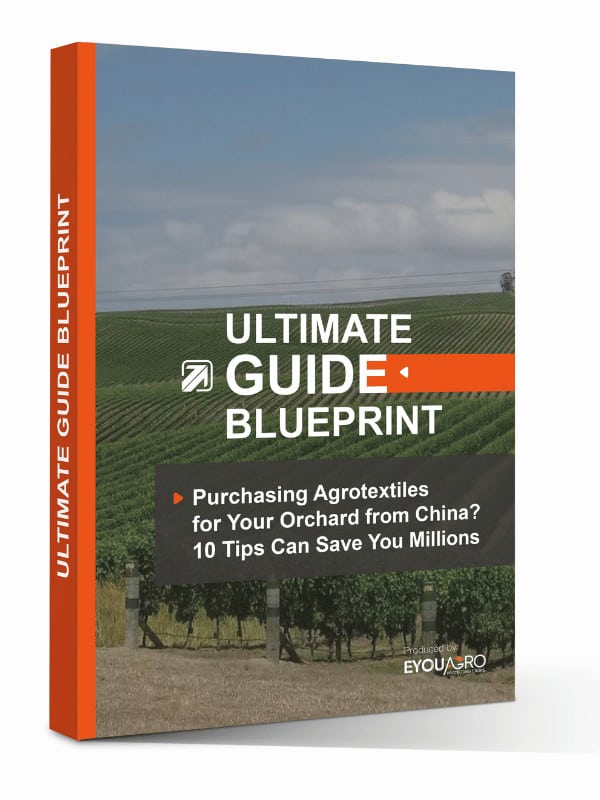Are you tired of filling your grocery bags with shriveled, frozen vegetables labeled as ‘organic’? Then definitely, you are not alone. There is a simple solution. Consider trying your hand at growing your vegetables. Before you do away with the idea because you are afraid that you are a poor gardener, we have analyzed some planting systems for vegetables and how to choose them to help you start your vegetable garden.
Don’t be discouraged by failures; we all have them; start small, and your new vegetable garden will grow alongside your knowledge. But before we get to know more about the planting system, let’s look at some proven health benefits of eating vegetables.
Benefits of Eating Vegetables
- Vegetables help in fending off inflammation.
- Vegetables aid in the control of blood sugar levels, making them highly beneficial to people with diabetes.
- Carrots can help to control blood sugar levels.
- Vegetables are high in fiber needed for digestion.
- Green vegetables contain vitamin K that helps to prevent heart complications.
- Vegetables are low in calories and fats by nature.
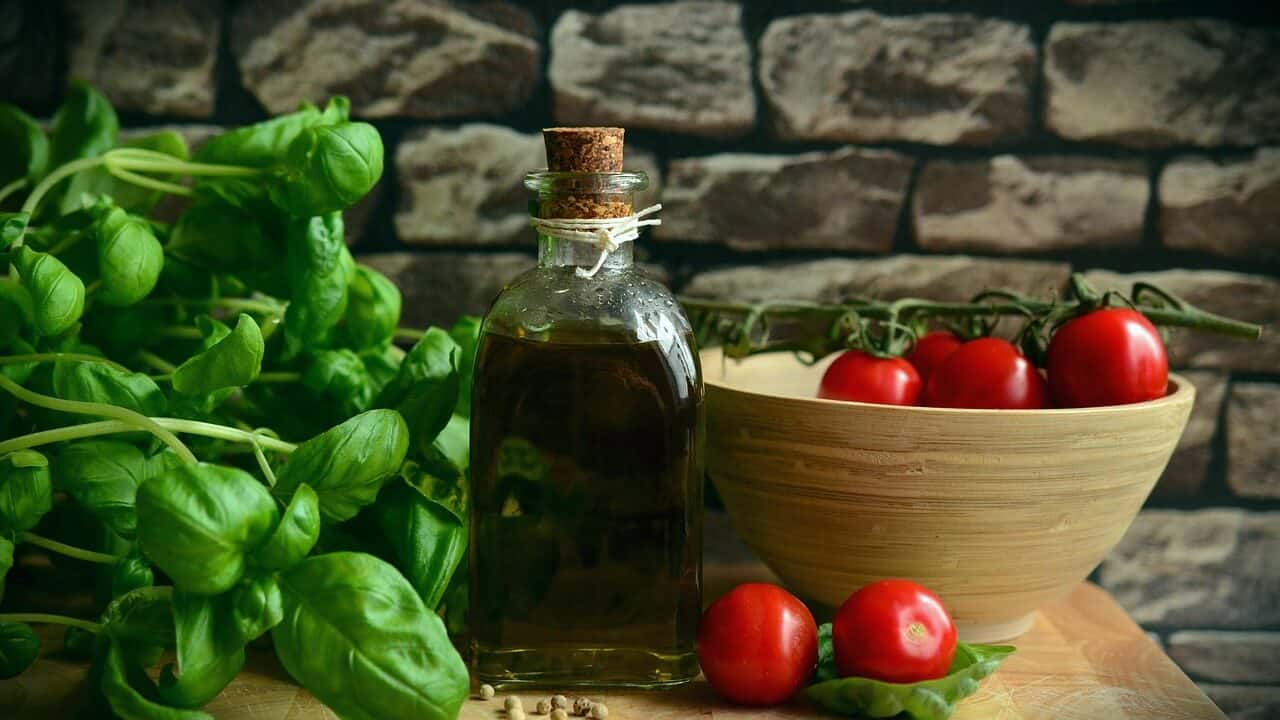
With this in mind, consider planting your vegetable garden for fresh produce. Now here are the planting systems for vegetables and how to choose them.
Planting System for Vegetables and How to Choose them
1. Square Foot Gardening
This system is functional, especially when the space is limited. Here you partition your garden into a four-square raised bed. Are you a beginning gardener? Then you are lucky since Square foot gardening is ideal for the inexperienced gardener. It’s simple to grasp, and the small 4*4 garden space is manageable. You can plant different vegetables in each partition depending on the space required for each plant.
With this system, you build your soil on top of what you already have on the ground, allowing those with soil conditions or worries about pesticides from previous land use to excel and feel at ease. The easiest way to do away with pests is with a strong water spray from the garden hose. It is also recommendable to use insect netting to reduce the need for pesticides.
The small vegetable beds are easy to cover with frost protection netting and shade cloth to protect your plants than more expansive beds.
If you get pleased with this system, you can enlarge your beds or apply the method to other garden spaces. Before you realize it, every square foot of your property could be growing something lovely and tasty.
2. Permaculture
Permaculture focuses on direct observation of natural systems, knowing how they work, and implementing the same principles to design low-carbon, environmentally friendly systems—the garden is the best place to practice this system. Here, you can convert waste into valuable resources and build self-sustaining cyclical systems that coexist healthily.
The aim is to design your vegetable patch so that it is easily accessible and requires minimal labor and to grow vegetables without chemicals. Your responsibility is to observe the hot areas, the sheltered zones, and the wind direction before deciding on the best cultivation techniques for those conditions.
Permaculture entails reducing waste through the use of systems such as compost bins and water butts. You can integrate this system into even the most miniature gardens.
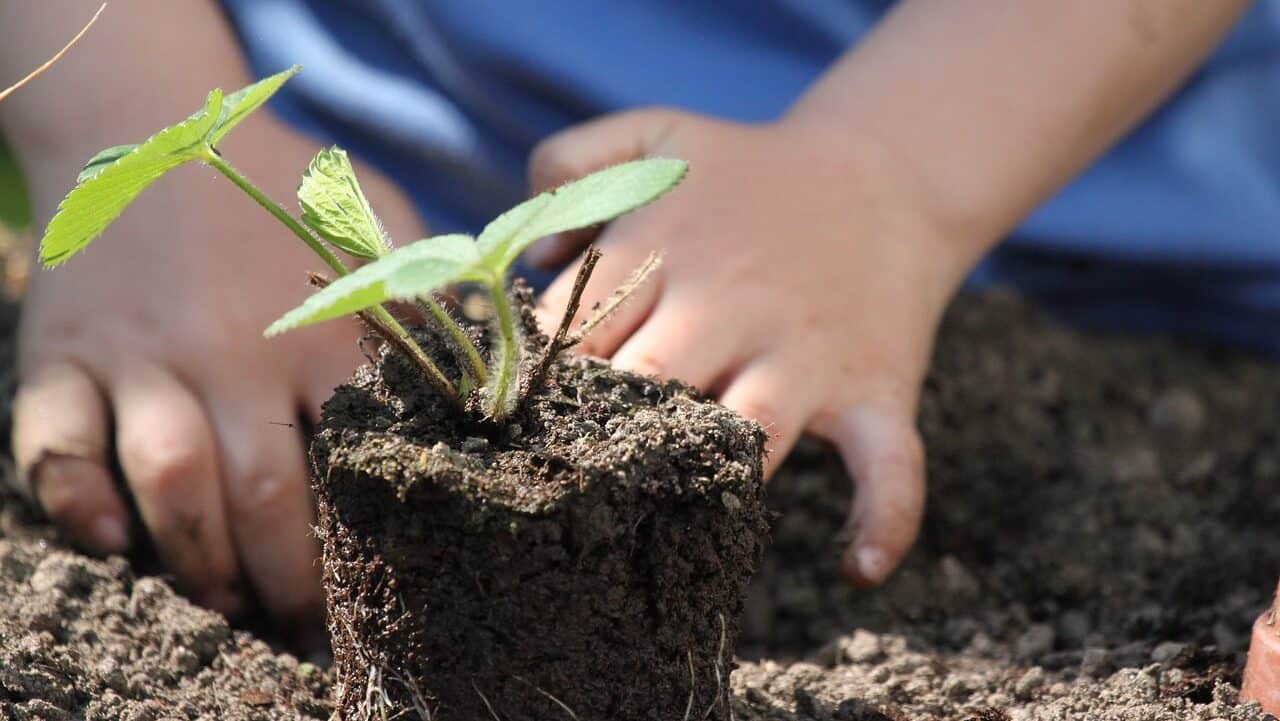
3. No-Dig System
With a no-dig system, you manage weeds through hand weeding, shallow hoeing, and mulching. You gather debris instead of digging them up. Soil organisms absorb mulches.
However, this system is not suitable for heavily pressed soils. For you to achieve this method, make thin beds at least 7 inches high between boards, fixed in place with pegs pounded into the ground.
Layout a layer of newspaper over the soil, then add a layer of sawdust and yard waste to make ground. Ensure you have thoroughly watered the mulching before spreading a layer of topsoil, followed by about 2.5inches of soil where you will plant your vegetables. You can top up your beds with compost since the soil level will fall as the mulch layers rot.
Now that we know some of the planting systems you can use to grow your vegetables, let’s look at the vegetables you can grow in each scenario.
The Vegetables to Grow in Each Planting System
1. Square Foot Gardening
This system is suitable for almost all vegetables as long as you keep the measurement in line with what you have planted. Vegetables like:
- Onions
- Beets
- Bush beans
- Bush peas
- Garlic
- Spinach
- Cabbage
- Corn squash
- Cucumber
- Melon
- Kohlrabi tomato
- Pepper
- Eggplant
- Broccoli
- Carrots
- Radishes lettuce
This system will allow you to enjoy fresh-picked vegetables for much longer than traditional gardening, which is more physically demanding. It will also inspire many people who are just starting gardening and have scarce space to enjoy the benefits of eating fresh vegetables grown in their garden.
2. No Dig System
You dig, you toil, and you reap the benefits. But how important is digging? Have you ever considered the reasoning behind turning over the soil season after season? Mother Nature, after all, does not use a spade year after year. It’s no surprise, then, that no-dig or no-till gardening is gaining popularity among gardeners worldwide.
If your soil isn’t perfect for growing vegetables, a no-dig garden will create an excellent growing medium for you to plant in. It promotes soil drainage and reduces soil compaction. Root vegetables such as:
- Carrots,
- Parsnips
- Garlic, ginger, and potatoes do very well in the no-dig system.

3. Permaculture
Start by establishing a composting system, then mix grass cuttings with uncooked food waste to get nitrogen and carbon. Next, you have to decide which vegetables you want to grow and place your order for seeds.
This is the best part, so make sure to include the kids and choose vegetables and salads that they enjoy eating. It’s pointless to grow the food they do not like. Here are the vegetables that you should consider when choosing what to grow in the permaculture system:
- Kale
- Cabbage
- Collard Green
- Beet Green
- Romaine Lettuce.
- Watercress
- Spinach.
You cannot overlook this system since it’s less expensive to maintain and promotes green living.
Conclusion
If you want to be a good gardener, employing various planting systems will help you produce healthier vegetables for a long time. Good planting systems such as no-dig will help you maintain the fertility of your garden. Since it doesn’t hurt trying, try applying the above planting systems in your garden, and you will enjoy the benefits of growing your vegetables.
Eyouagro is an international agriculture netting company and is ready for your service. EyouAgro has a huge netting manufacturing capability for different netting products and accessories. We also supply you with a free netting sample any time before placing your order. We also offer technical support and expert advice on how to use our netting products.
Contact us at info@eyouagro.com and select the best netting protection for your garden or visit us at www.eyouagro.com to fill your orders.

